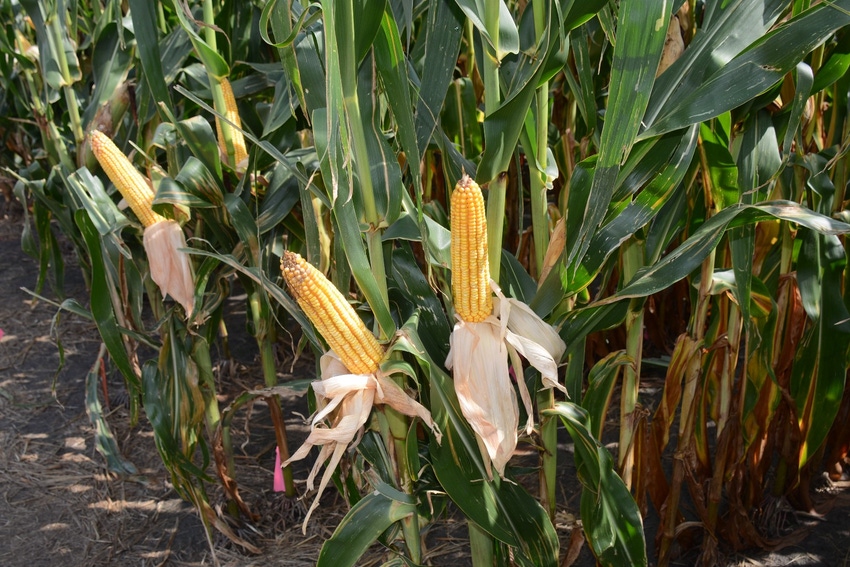
North Carolina State University Extension Corn Specialist Ron Heiniger admits he is giddy about prospects for the 2021 North Carolina corn crop with all indicators pointing to this being the best the Tar Heel State has ever seen.
Speaking at the Blacklands Farm Managers Tour Aug. 4 at Turnpike Farms in Pantego, N.C., Heiniger predicted a record statewide average corn yield of 155 bushels per acre. He said the North Carolina crop looks excellent from the mountains to the ocean. He credits generally cool nighttime temperatures in June and July which are ideal for grain fill.
“We’ve got a tremendous crop out there. We are going to see some record yields,” Heiniger told a crowd of more than 400 at the annual Blacklands tour, that was moved to an indoor event due to rain.
In a visit with Southeast Farm Press just prior to addressing the group, Heiniger said this happens “once in a blue moon” with both excellent yields, good quality and good prices expected. In fact, Heiniger even predicted some farmers in North Carolina could make as much as 500 bushels per acre if all continues to go well. He said 300-to-400-bushel yields are not out of the question for some farmers.
In his Blacklands talk, Heiniger said farmers can learn from a good year. He stressed that to make “impossibly high yields” you must control the root environment of your corn crop in both good years and weather-challenged years. He said this is achieved through narrower rows, starter fertilizer, more early growth, and more root mass.
Heiniger advises narrow-rows, 20 inches rather than 30 inches. He said narrow-rows work because you are spacing the plants out and stalk diameter is bigger. “It’s all in the spacing. We’re giving that plant extra space so we can capture more of the light, grow bigger stalks, make more roots and get those roots penetrating deeper,” he stressed.
Heiniger continues to advocate for a good starter fertilizer of nitrogen and phosphorous. He said starter fertilizer is a must for achieving exceptional corn yields in both the good years and the weather-challenged years.
Heiniger urged farmers to remember the yield formula: Yield equals the amount of water transpired by the corn plant. He said yield and the amount of water a corn crop transpires are directly and literally related.
“The more water I can pump through that plant, the more yield I can get. That’s what’s going to lead to me finding a 500-bushel ear in North Carolina,” Heiniger said.
“How do we make this formula compute for us? We must have more early growth. We need more root mass. We have to to find water. We are limited in the bucket we draw,” he said.
“This year our temperatures smiled upon us. I’ve had people call, ‘I got two ears on my corn plant. Is that a good thing or a bad thing?’ It’s a good thing if you can put kernels on both of them; it’s a bad thing if you can’t,” Heiniger said.
“At night the corn plant converts all that energy it captured through the chlorophyl molecule into sugars and eventually they get into starches in that kernel. When that plant doesn’t have to spend a lot of energy trying to keep itself cool at night, it’s got a lot more energy to pack in either kernel weight or more reproductive organs. If we can get cooler temperatures early enough in June, we can set another ear that will go ahead and produce kernels. That’s the beauty of temperature. That’s the beauty of getting more water through that plant even in a hot year to control nighttime temperatures,” Heiniger said.
About the Author(s)
You May Also Like






